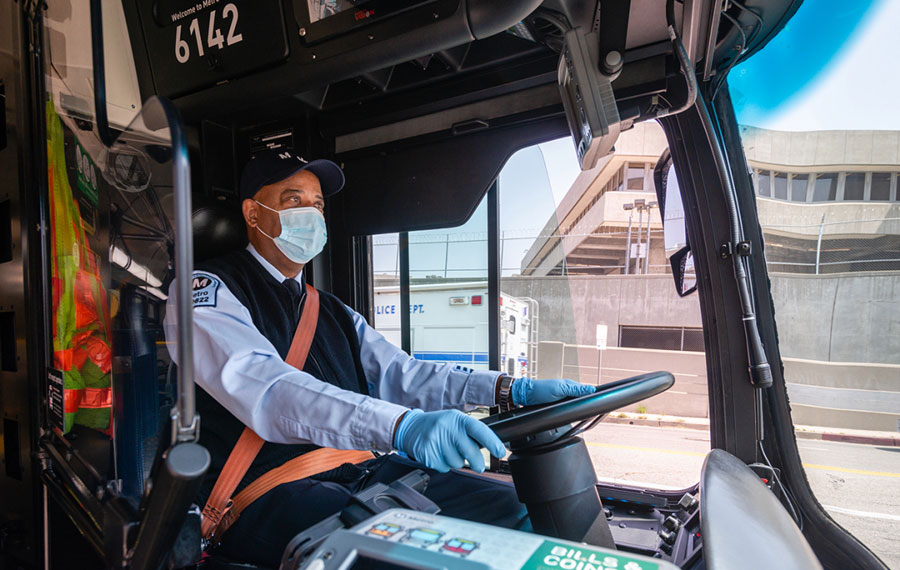
LOS ANGELES, CA – Mary Pierson boarded a nearly empty L.A. Metro bus at the corner of Atlantic Boulevard and Riggin Street in Monterey Park one recent afternoon.
Pierson, 69, uses a wheelchair and relies on public transportation to get around. She takes the bus a few times a week from Long Beach to various parts of Los Angeles to run errands and shop for groceries. Today, she took the No. 68 to the bank.
“I’m glad they’re still running,” said Pierson, who wears a mask, gloves and sunglasses on board and disinfects her wheelchair after every trip. “I live alone and need to get out of the house.”
She’s also often alone on the bus. Transit ridership has plummeted since mid-March, when states began imposing stay-at-home orders. The Los Angeles County Metropolitan Transportation Authority, known as L.A. Metro, said ridership has fallen 64% on buses — about 1.2 million people rode them each day before COVID-19 hit — and by 76% on rail.
Despite the risk of the coronavirus in public places, people are still boarding public buses and trains because they have no other options to get to work, go shopping and fill prescriptions.
“We’re still seeing over 400,000 people per day,” said Brian Haas, communications manager for L.A. Metro. “What that tells us is that we’re a lifeline for people.”
Perhaps the most vulnerable are the bus drivers and train operators. The Transport Workers Union of America has lost 96 members to COVID-19, the vast majority in New York City, the union says. None of the fatalities have been in California.
New methods of sanitation and decontamination, like ultraviolet lighting, should be used, said John Samuelsen, the union’s president. “Masks are the very minimum of what can be done to increase everybody’s safety,” he said. “We need to be thinking about what post-pandemic public transport will look like.”
To date, L.A. Metro has supplied front-line employees with more than 715,000 pairs of gloves, 385,000 masks and 40,000 bottles of personal hand sanitizer.
Until recently, face coverings had been optional on public transit in L.A. County.
But in early May, Los Angeles Mayor Eric Garcetti announced that all passengers on all Los Angeles Department of Transportation buses would be required to wear face coverings to reduce the spread of the virus. The department is a municipal agency that operates within the city and is separate from L.A. Metro. L.A. Metro started requiring passengers to wear face coverings May 11.
Because of the low ridership numbers, social distancing is usually not a problem on buses, said L.A. Metro bus driver Voris Lombard. “When people get on the bus, they have plenty of room to sit.”
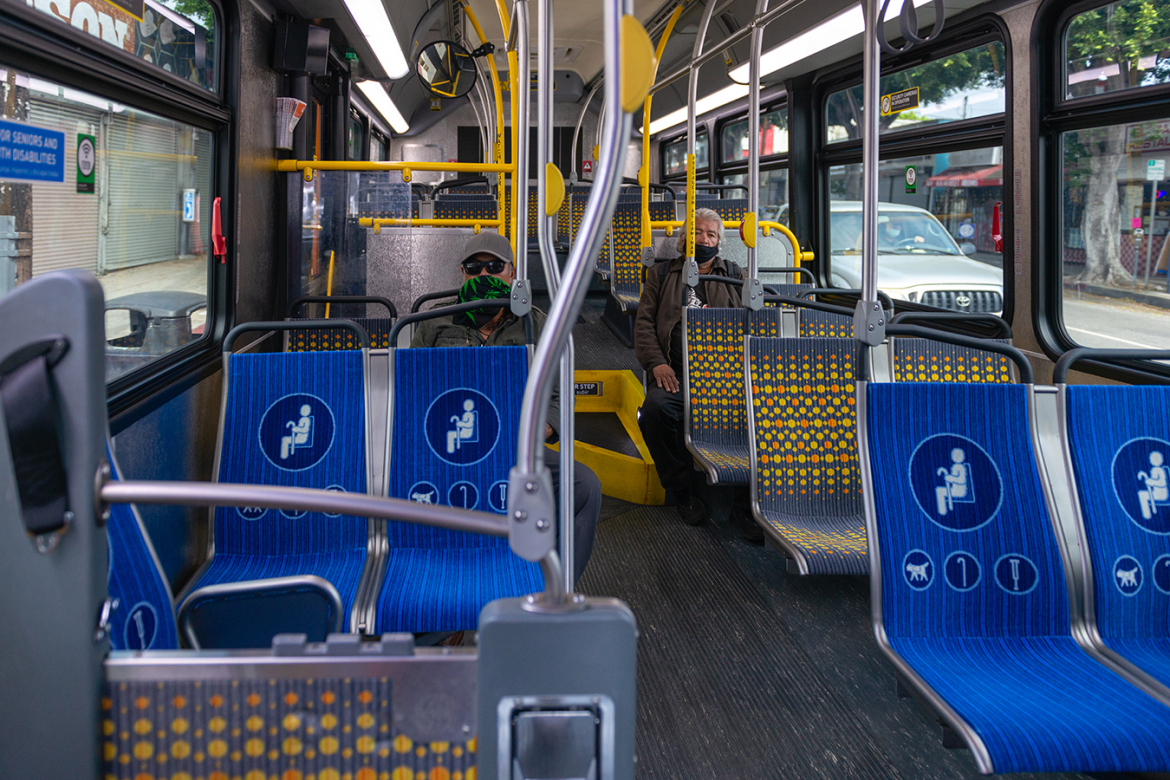
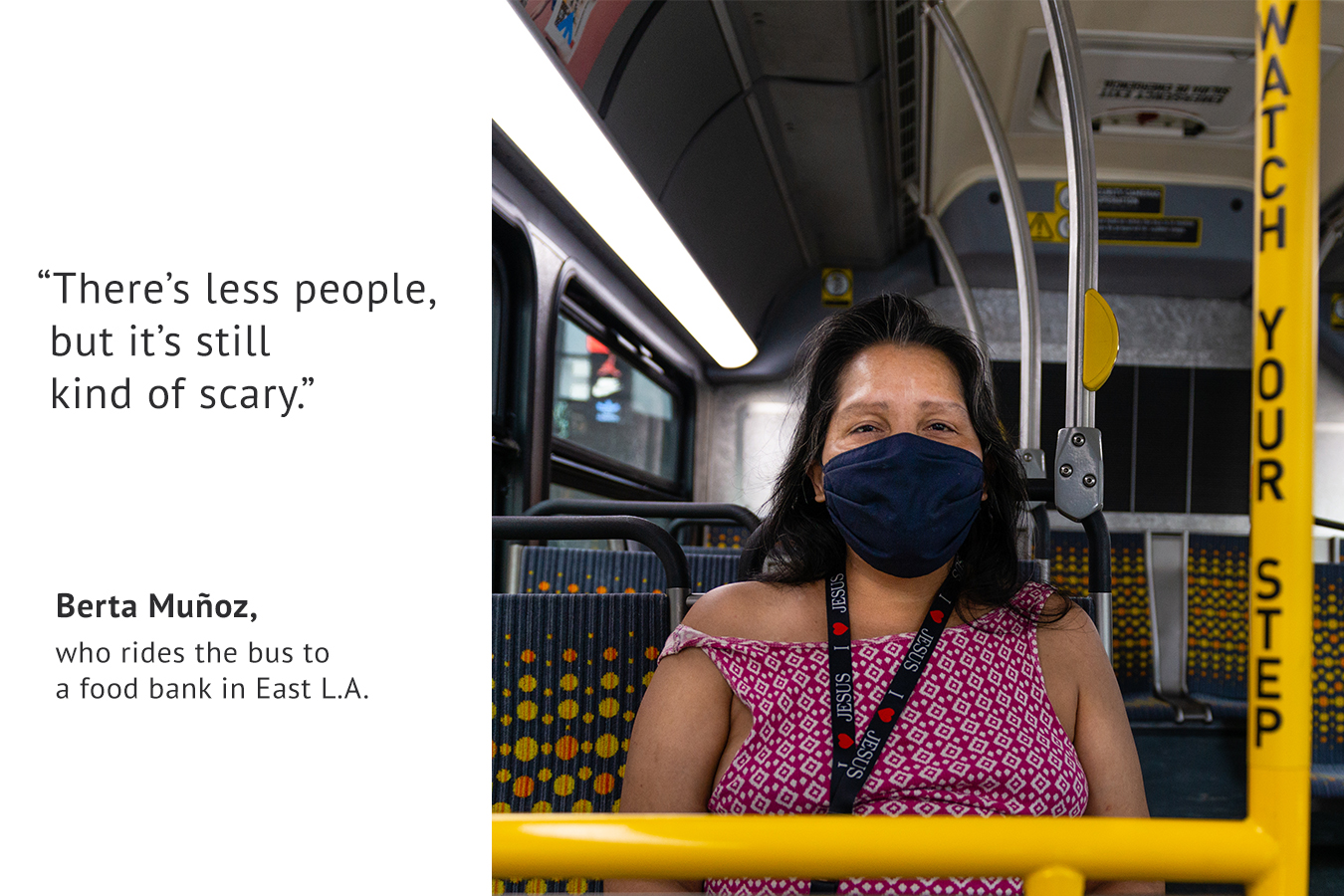
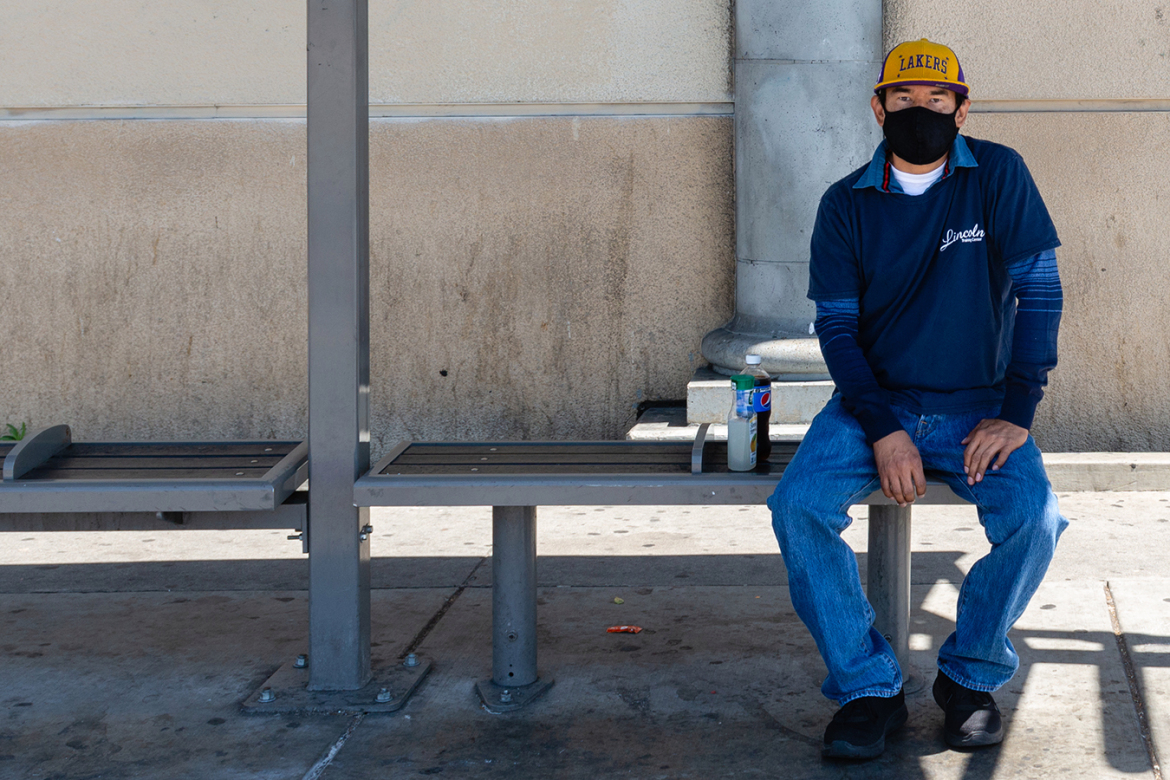
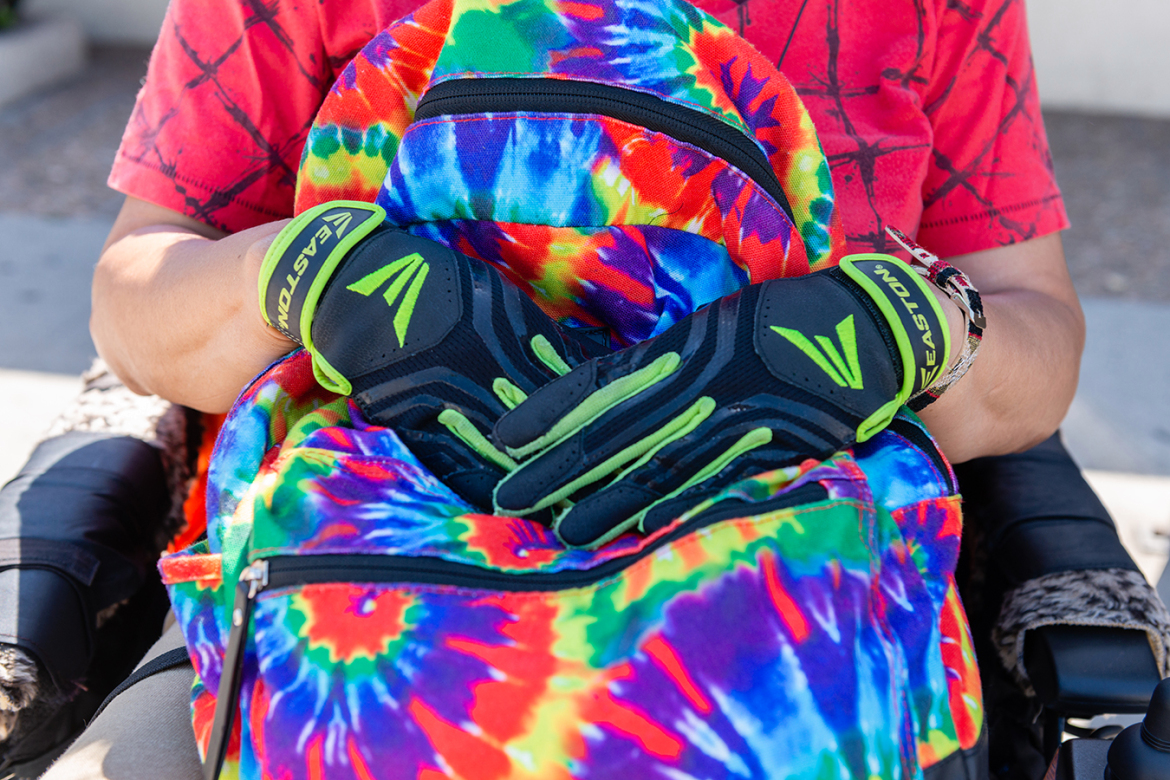
This KHN story first published on California Healthline, a service of the California Health Care Foundation. It was published in cooperation with Kaiser Health News Network and The Published Reporter. KHN is a national health policy news service. It is an editorially independent program of the Henry J. Kaiser Family Foundation which is not affiliated with Kaiser Permanente.



Comments are closed.